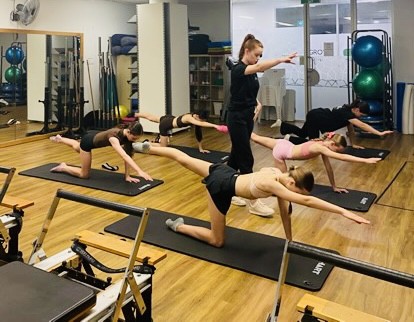October newsletter - Breast Cancer Edition
Editorial
 As we focus on breast cancer this month it’s a timely reminder for all of us to be diligent with our own breast exams and mammograms. It’s
very easy to put a mammogram off when you are busy but the consequences of not picking up breast cancer early can be devastating. Regular
mammograms can reduce your risk of breast cancer death by 25%, particularly women in the 50-69 age group for whom benefit is highest.
As we focus on breast cancer this month it’s a timely reminder for all of us to be diligent with our own breast exams and mammograms. It’s
very easy to put a mammogram off when you are busy but the consequences of not picking up breast cancer early can be devastating. Regular
mammograms can reduce your risk of breast cancer death by 25%, particularly women in the 50-69 age group for whom benefit is highest.
If you are over 40 you can have a free BreastScreen Australia mammogram (breast x-ray) every two years. Mammograms look for early breast cancers in women without symptoms.
One of the main ways you can reduce you overall cancer risk is to exercise regularly. There are so many proven reasons to keep active and as always prevention is better than cure.
Make sure you choose something you enjoy as your regular exercise habit so it’s sustainable over the years. Pilates, weight training and yoga are great options along with walking, jogging, swimming and bike riding. Come and see us if you need some guidance to increase your activity levels - it’s a necessary investment in your health and happiness.
Have a great month – Jules
How Aware Are You?
It’s rare to meet a person who hasn’t been affected by breast cancer. So far, this year alone, over 19, 000 women in Australia have been diagnosed with the disease, over three thousands of which have lost their battle. Currently, breast cancer is the most commonly diagnosed cancer in Australia with the chance of surviving five and ten years post diagnosis being 90 and 83 per cent respectively. Join us in the battle against breast cancer in October.
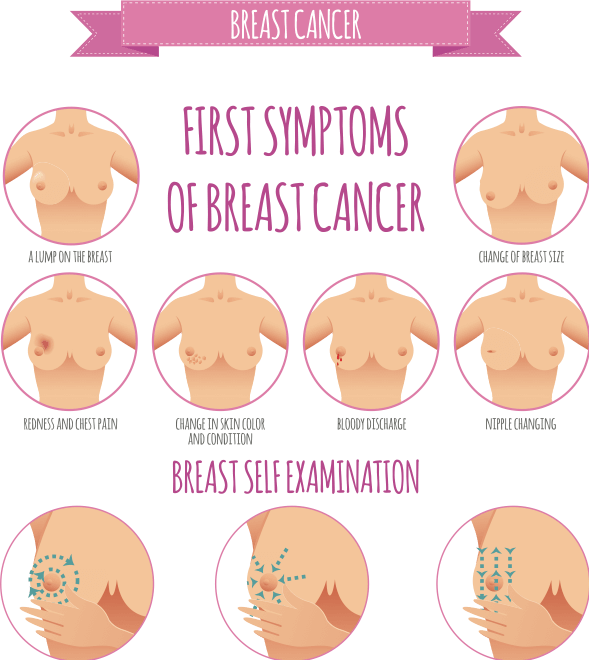
The Role of Physiotherapy in Breast Cancer
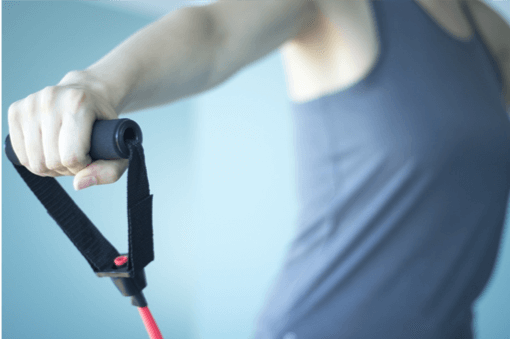
When you think of the road to recovery from breast cancer, physiotherapy is not necessarily something that jumps to mind. Oncologists, surgeons, radiologists and breast care nurses all seem like the obvious health care professionals that you’ll encounter on your journey. But let’s take a moment to consider the side effects of breast cancer and its treatment. Fatigue, pain, reduced mobility, swelling, scarring, depression and loss of fitness are all common in breast cancer patients, and not one of these effects can’t be reduced or helped by physiotherapy intervention. Let’s take a closer look:
Pain
Cancer related pain is unfortunately very common, and almost all patients will undergo some level of pain during their treatment. Pain can
be related to a number of factors and should be appropriately addressed. Issues such as limb swelling (Lymphoedema) can cause great
discomfort as can scar tissue related to surgeries such as mastectomies. Musculoskeletal related discomfort can also arise during cancer
treatment, especially post-surgery. Factors such as reduced shoulder
Mobility, prolonged bed rest, and general reduction in exercise due to fatigue can cause all sorts of aches and pain. Shoulder, chest and
back pain are all common in breast cancer clients. Manual therapy and exercise prescription from a physiotherapist should be the first line
of defence to manage these symptoms.
Lymphedema
Arm swelling post mastectomy is quite common for women and is in fact considered a lifelong risk. Up to 41 per cent of women who have undergone surgery for breast cancer will develop lymphedema within a ten year period. Specialised physiotherapists can aid symptoms of lymphedema with specific massage and bandaging techniques. They can also give you lymphedema advice for limb management, positioning and exercise.
Scarring
Scar tissue can cause skin tightness, puckering and reduce range of motion at nearby joints (specifically, the shoulder, upper back and neck with breast surgery). Scar massage techniques can help break down adhesions and improve scar mobility.
Fatigue, Loss of Fitness and Reduced Mobility
Up to 91 per cent of women undergoing breast cancer treatment will experience cancer related fatigue. Treatments such as chemotherapy and radiotherapy can cause lethargy, while periods of immobility post-surgery can lead to a reduction in overall fitness. Specialised physiotherapists are well trained to help prescribe appropriate exercise programs that aim to boost energy levels while maintaining strength and fitness during breast cancer treatment.
Depression
While depression isn’t the first symptoms we think of when considering breast cancer patients, it is certainly obvious why it occurs. Exercise is known improve mood, boost energy levels, provide distraction, improve sleep, reduce anxiety and increase social interaction, all of which are going to help combat depression.
PINC Cancer Rehab
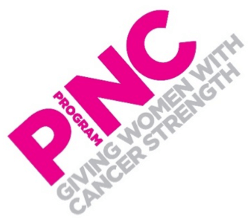
The PINC cancer rehabilitation program is dedicated to improving the strength, quality of life and wellbeing of women diagnosed with cancer.
Founded in 2006, the PINC program is specifically designed to maximise recovery, regain physical and emotional strength, improve body confidence and control.
The aims of the program include:
-
Optimise physical and functional recovery.

- Ease pain and muscular tension.
- Regain strength and mobility.
- Increase energy levels and improve breathing.
- Strengthen core muscles and improve posture.
- Improve physical functioning and maintain independence.
- Reclaim body confidence and control.
- Reduce treatment related side effects.
- shift focus from illness to wellness
The services involved in the PINC program include:
- Manual physiotherapy.
- Physical and functional assessments.
- Individualised clinical Pilates.
- Fatigue management.
- Resistance training.
- Exercise prescription.
The program is suitable for any type of cancer surgery or treatment and accommodates all ages, fitness levels and mobility.
At Revive, two of our Physiotherapists, Julie and Deb, alongside our Exercise Physiologist, Lisa, will be launching the PINC program in the new year. Take the first steps to the road to recovery and enquire with our reception staff today.
When did you last do a self-check ?
Top Tips for a Breast Self-Exam
Become familiar with the way your breasts look and feel naturally.
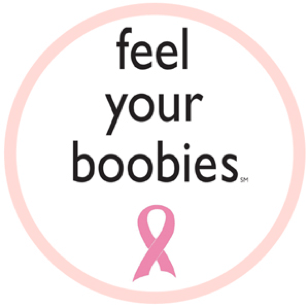
Check all parts of both breasts, your armpits and up to your collarbone.
Look for thickening or swelling of any part of the breast, as well as lumps.
Look out for changes to the skin, such as redness, flaking or dimpling, especially around the nipple.
Be mindful of any pain in your breasts.
Keep an eye out for any discharge from your nipples (other than breastmilk).
START PILATES/EXERCISE THERAPY WITH US IN SPRING AND SAVE !
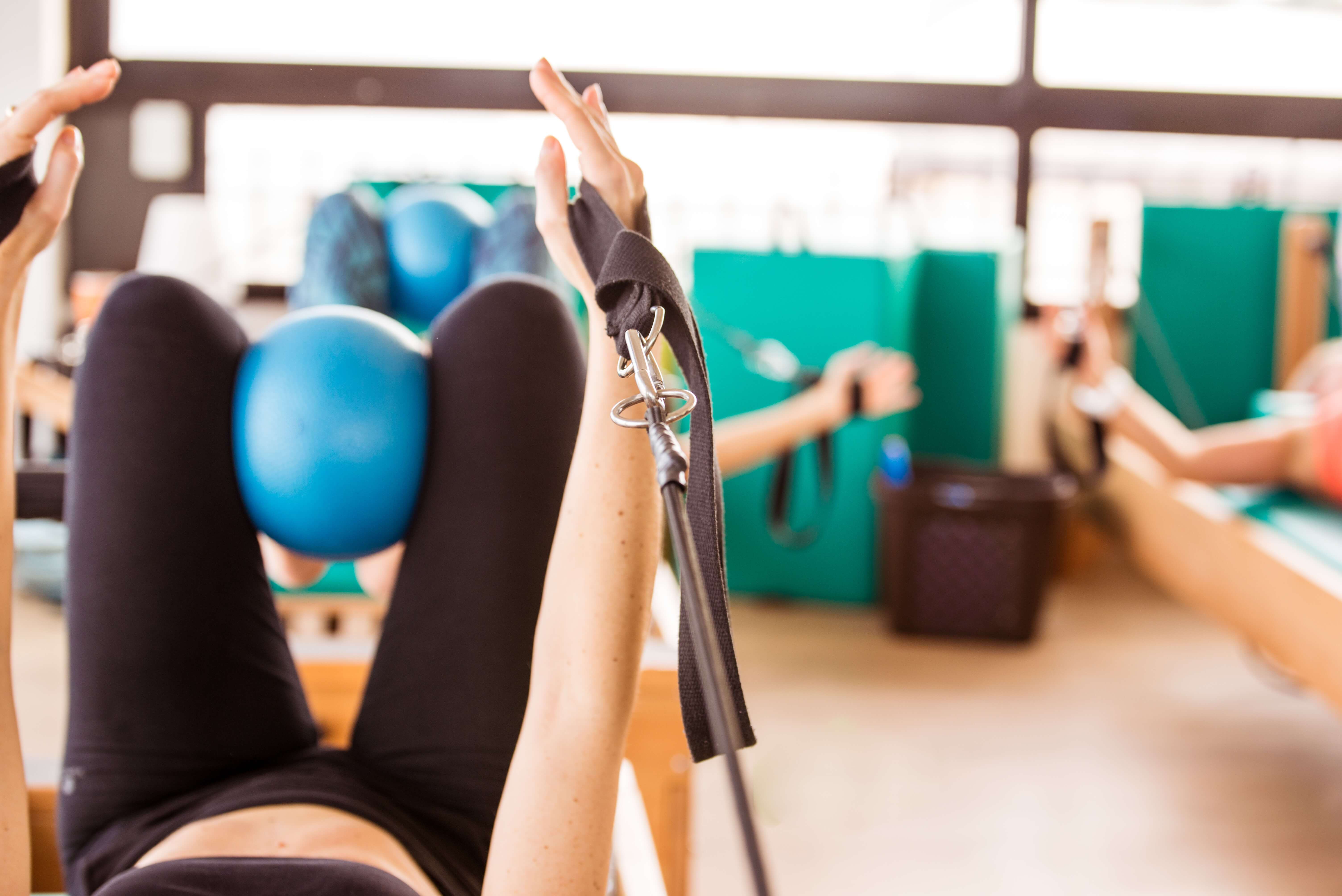
$450 for a start up pack including:
Initial assessment and program 2 more one on one sessions
3 small group sessions
Save up to $184
Offers expires 30th November 2019
Meet Our Exercise Physiologist Lisa
1 - How long have you been an Exercise Physiologist for and where did you study?
I completed a Bachelor of Scienc e
in Sport and Exercise Science and an Post Graduate Diploma of Science at the University of Auckland,
finishing in 2007 an have worked as an Exercise Physiologist since.
e
in Sport and Exercise Science and an Post Graduate Diploma of Science at the University of Auckland,
finishing in 2007 an have worked as an Exercise Physiologist since.
2 – How long have you been involved in the PINC program and what first sparked your interest to work in such a specialised field?
Since 2007 when I worked for the founder of PINC, Lou James, in her physiotherapy clinic in Auckland. The program is so amazing for women being treated for and recovering from cancer.
3 – What do you find are the main benefits for women participating in the PINC program?
Increased confidence and
self efficacy with doing daily tasks, improved strength and overall wellbeing.
4 - What's your preferred type of exercise to personally participate in?
I started going to a gym when I was 12 years old, so gym-based exercise is my first love, but I now absolutely love Iyengar Yoga and am
currently completing my Iyengar Yoga Teacher Training.
5 - What's your number one tip for maintaining motivation to stay active?
If it was easy everyone would be doing it!
.svg)

.jpg)

